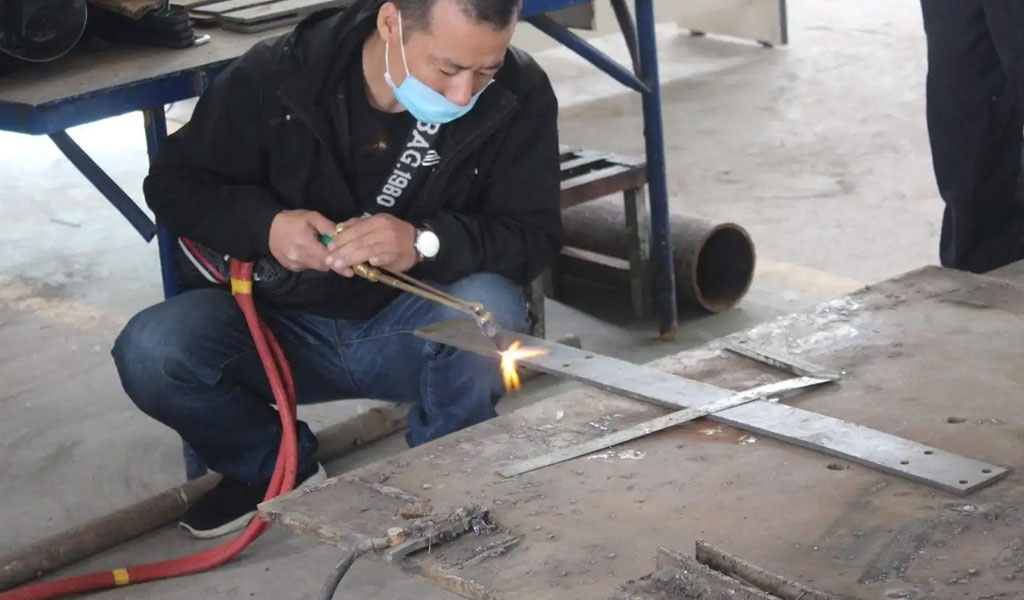
Usually, the method of using bolts and nuts to fasten takes up a lot of tightening time. In fact, there are many other joining methods, and the most important one is the method of joining components by welding. Welding is a common technique for sheet metal assembly. Automobile bodies, electrical appliances and almost all products composed of two or more pieces of steel plates may usually use welding joining methods, which is also the current situation. In order to further simplify the assembly process, and to allow for the disassembly and replacement of components, the fasteners are usually welded directly at the joints, which has many associated advantages. While most direct welded fasteners use resistance projection welding, there are some applications that require different techniques. We’ll start with a brief hint about the welding technique, and its main ways, before diving into resistance welding.
Welding Technology
Welding is the general term for the use of molten metal to fasten a series of metals together. Soldering is the first step in welding technology. Soldering is simply the use of low melting point metals to “bond” two or more pieces of metal. The bonding components are placed adjacent to each other, the bonding site is heated, and molten solder is injected into the bonding site. This is a cheap and effective method of producing low bond strength joints, (depending on the type of solder used, the shear strength of the solder joint is approximately 30~45N/mm2). For higher joint strength, use Brazing. Brazing and soldering are very similar, the difference being that the filler material injected into the joint has a higher melting point. Brazing bond strengths are typically around 250 to 325 N/mm2, but higher heat can cause components to deform, melt or bend (especially near plastic), as well as discoloration or corrosion.
Now let’s talk about welding. Soldering differs from the two previously mentioned methods of soldering and brazing, in that a molten “glue or metal substance” is used to bond components together. Welding actually melts the components together, and the joint fuses at the weld to form a single body. The method of this generation differs depending on the method used, but all are heated, pressurized, or a combination of both. The pressure weld squeezes the weld faces together, while the heat source melts the metal substrate. The site then solidifies, creating a uniform site that fuses to form a surface. The heat source is usually flammable gas or electric current, and there are some other novel methods (laser welding, electron beam, etc., but rarely used in fastening).
Fasteners in proper joint position need to be joined to the sheet metal with other components, and in many cases, the assembler cannot construct the backside (dead space) portion of the jointed fastener. Common welded joint fasteners include weld nuts and studs, threaded studs for clamps, and mounting plates (used to thicken an area to increase joint strength).
Often small parts and subassemblies in assemblies are welded directly to sheet metal to replace the time and labor required for mechanical engagement of threaded fasteners. This is especially evident in the low-priced item example, where broken assemblies have to be replaced in their entirety, rather than dismantled to replace small parts and subassemblies (such as electric razors, toasters, fans, and small toys).